The technical network that is building up in our body
Self-organization and fractal condensation
Images are one thing - understanding them is another. Let's go looking for clues
We always talk about self-organization - and overlook fractal condensation
Self-organization is limited because the process requires materials in a specific shape and elementary structure.
The fractal condensation works like a kind of self-organization from a nucleus through core-shell growth and then simultaneously from all sides, i.e. a self-organization of several such nuclei.
The growth process can be controlled by prime number patterns, which requires no actual programming and could therefore produce something like self-healing.
So if I want self-healing of an artificial material - I need a fractal-based structure.
And now let's see what we find in our crystallized water samples and then we look in the literature...
The closest thing that comes from trying to build an artificial brain out of hydrogels and nanotechnology is this:
Fractal growth with a crystal in the middle - what we can observe when we let water or snow crystallize.
To ensure this process, several types of hydrogels are required
A characteristic of hydrogels is their ferroelectric property. Most of them also show piezoelectric reactions or pyroelectric reactions
Ferroelectric polymers have polar groups on the backbone and therefore have a permanent electrical polarization that can be reversibly switched under the electric field.
Polyvinylidene fluoride (PVDF) have an inherent piezoelectric response and are therefore used in acoustic transducers and electromechanical actuators
Actuators are usually drive technology units that convert an electrical signal (commands issued by the control computer) into mechanical movements or changes in physical variables such as pressure or temperature and thus actively intervene in the controlled process.
Called an effector in robotics.
Mixed hydrogels - such as a mixture of carbon nanotubes and polymer hydrogel could then trigger a phase transition in the material caused by certain physical stimuli such as electric fields, light and temperature, or chemical stimuli such as the concentration of certain molecules or ions.
This then leads to changes in volume, mechanical electrical magnetization or even structural symmetry.
We observed all of these phenomena in the blood.
Light-sensitive plasma, tube structures of various kinds, magnetization processes.
We have seen a lot of unusual phenomena recently, also when it comes to magnetism. To be honest, we don't really understand this phenomenon yet. When it comes to magnetism, a drawer opens in our brain and we think we know which materials are magnetic and which are not. Really? A lot is changing in the nanoscale and new phenomena are emerging. Here is a research paper on this topic that is related to COV19 and magnetism. Not so long ago we wouldn't have thought that what we see in blood was real.
WIMPs and biological nuclear reaction in the human body by Diana Wojtkowiak
Let's stay open to all possibilities...



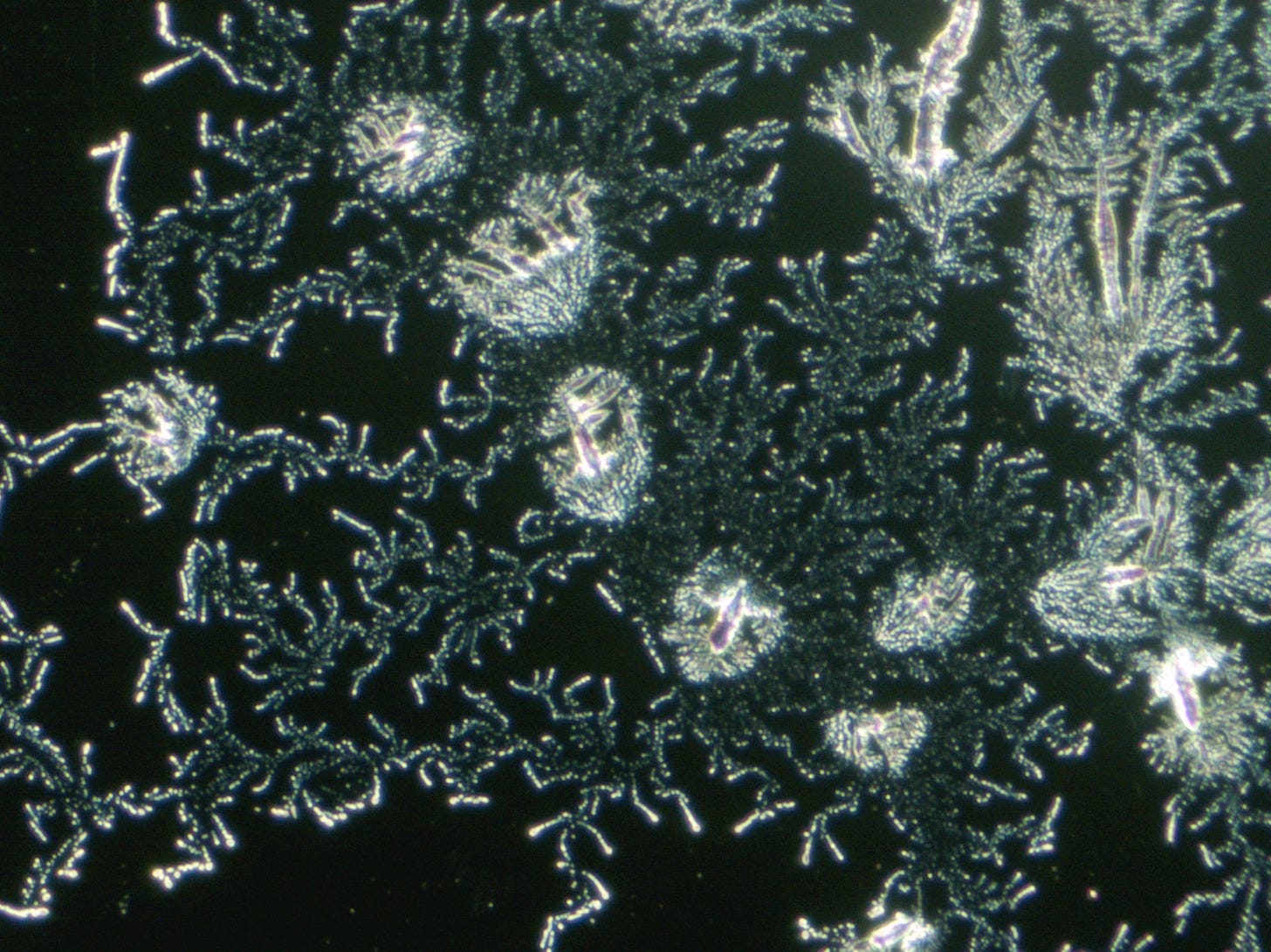

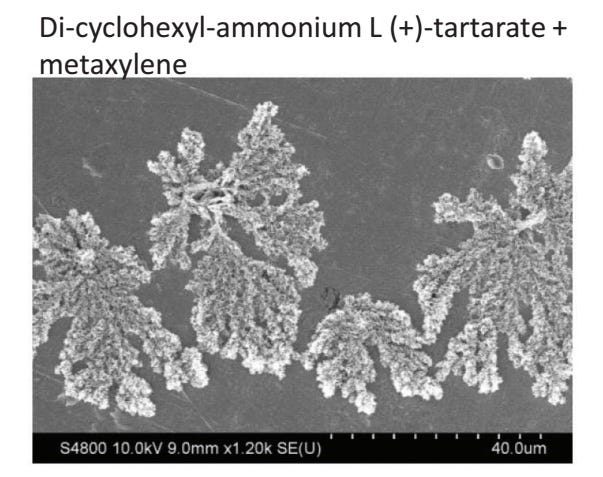
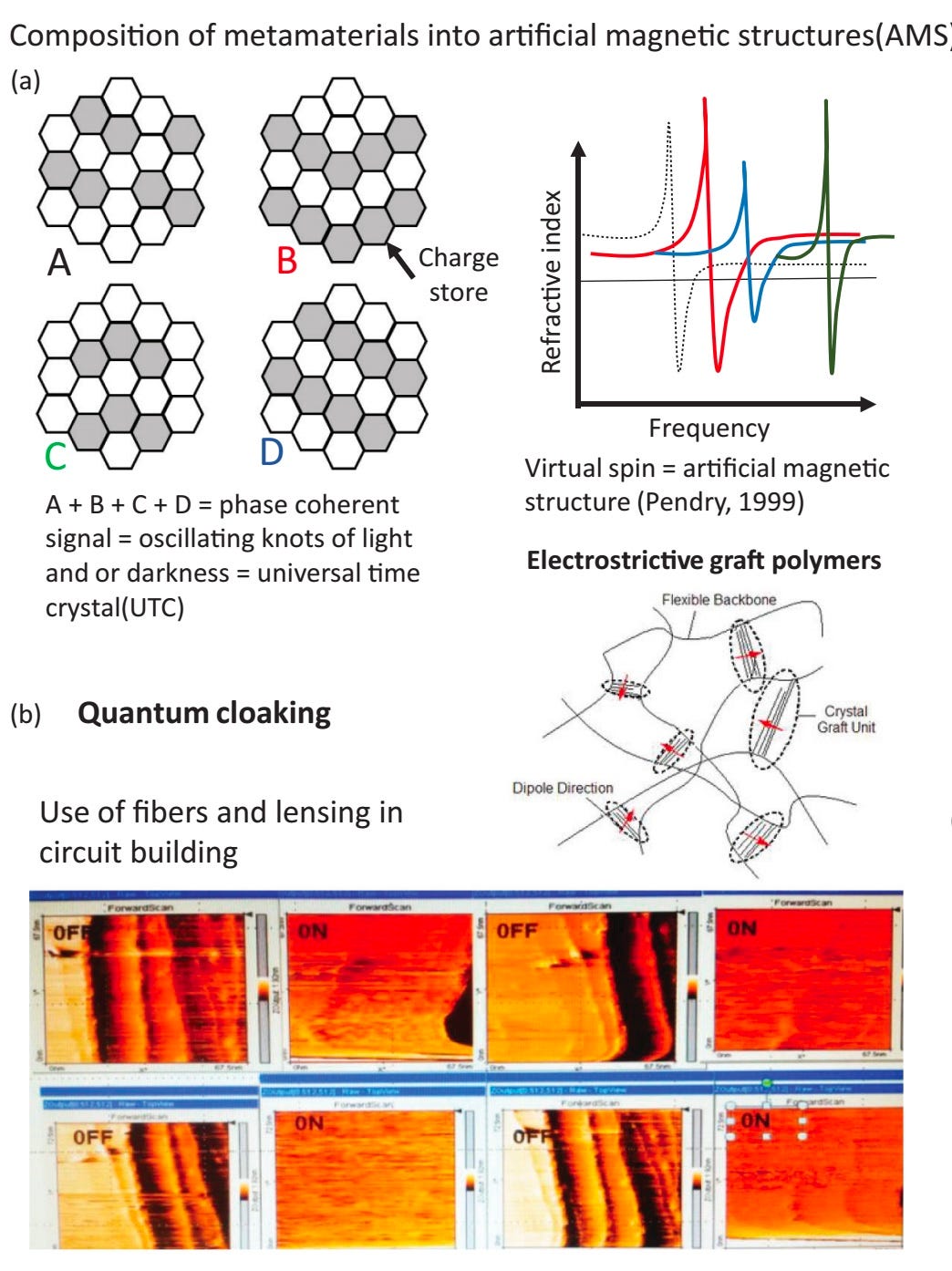

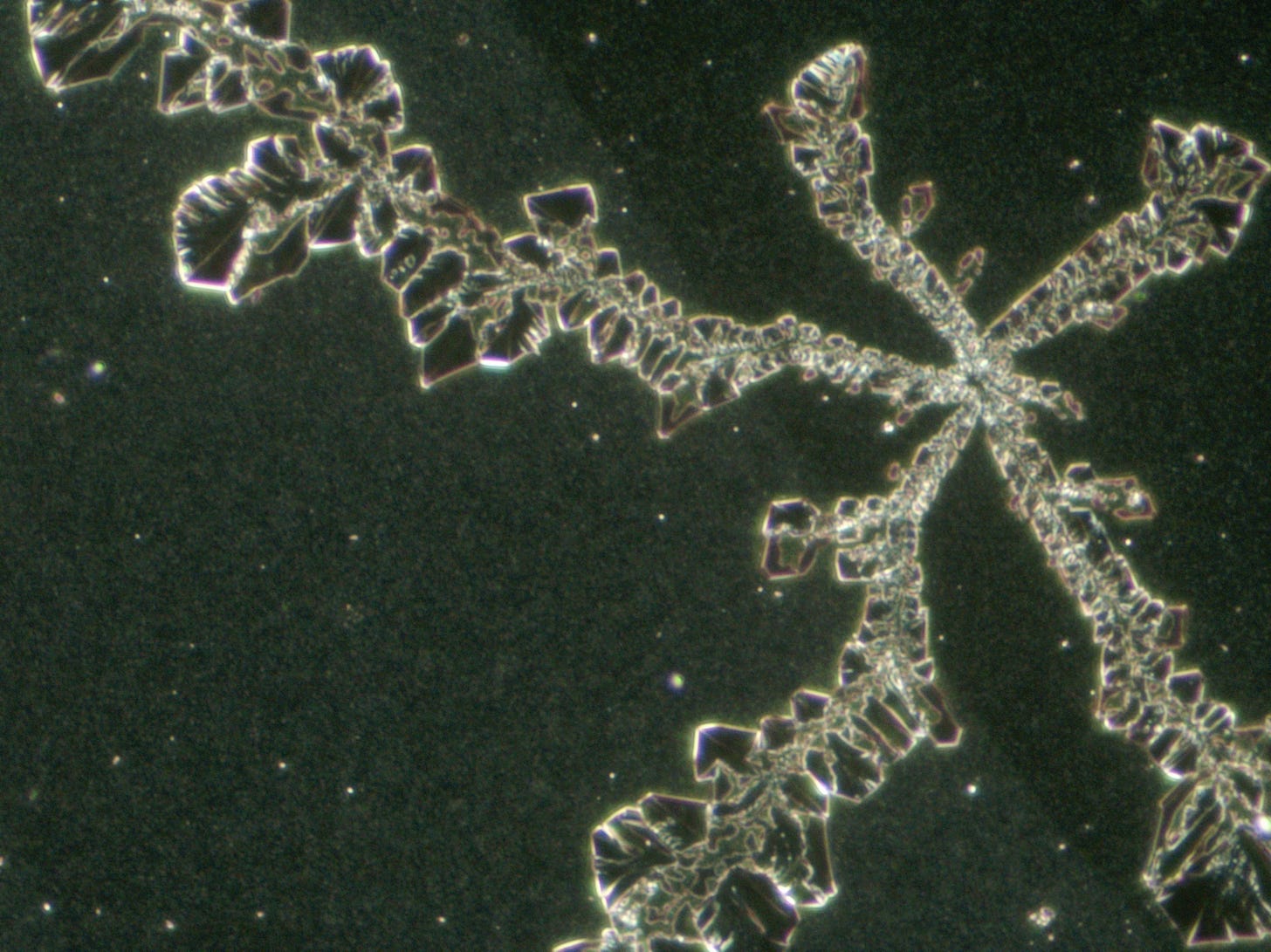
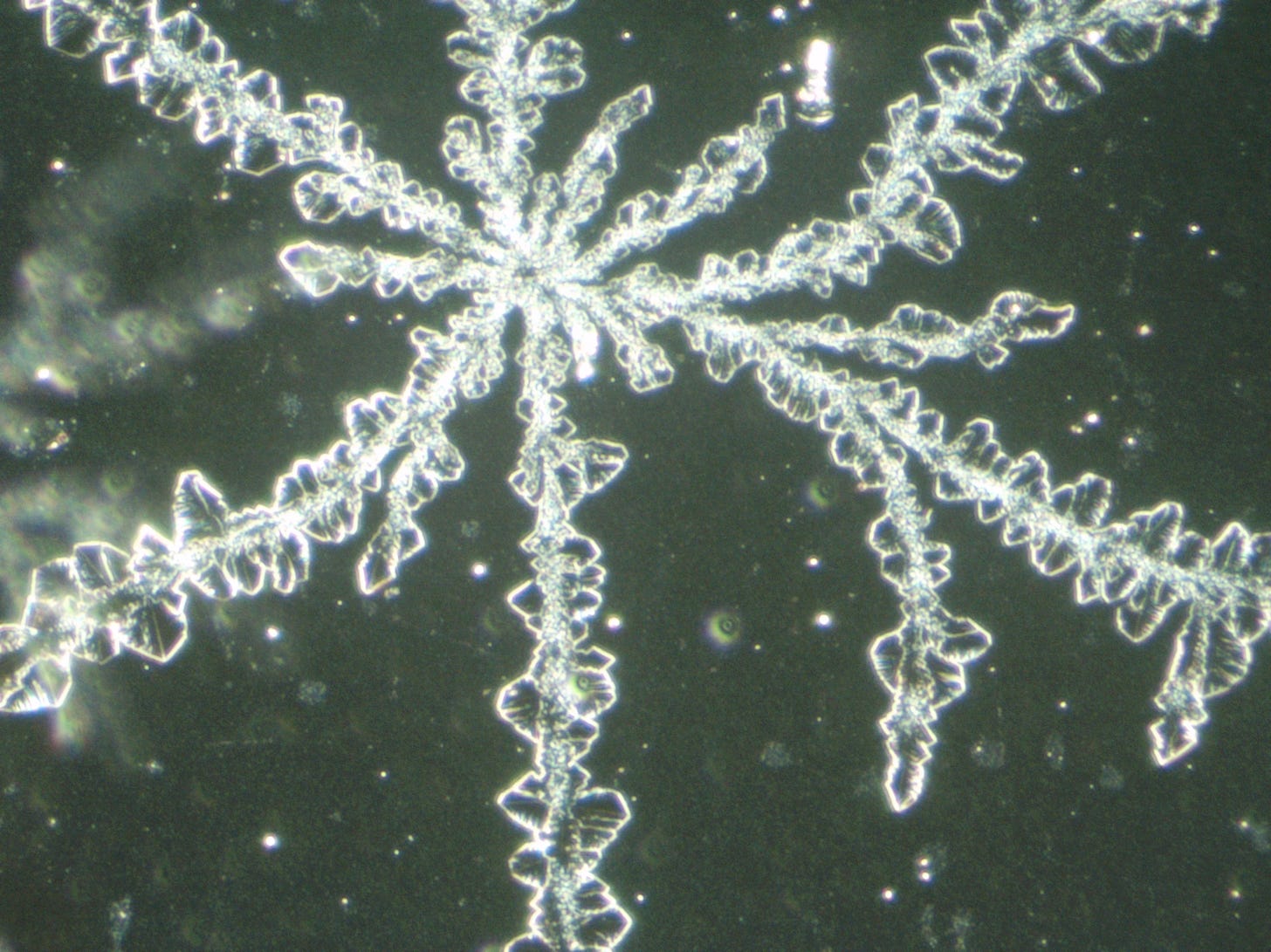

Hi Silvia,
This is something I found a while back that made sense to me.
"But how could this have happened since neither graphene or graphene oxide are magnetic? The answer is that both graphene and graphene oxide, can conduct enough electricity across the cell membranes to magnetise nearby superparamagnetic particles such as ferritin and magnetite to cause a widespread magnetisation of people receiving the vaccine.
It's just as the iron core of an electromagnet becomes magnetised when an electric current is passed through the coil of wire wound around it.
To make this argument more quantitative; the electrical conductivity of graphene on the nano scale is two orders of magnitude greater than copper See here
What does this mean for living cells?
The answer is that the transmembrane voltage gradient of living cells is of the order of ten million volts per metre (100 mV across a 10 nm membrane). This means that a transmembrane strand of graphene or graphene oxide (from the vaccine) could carry a huge electric current and be likely to magnetise any superparamagnetic materials such as ferritin or magnetite that may be close by.
This effect could spread like wildfire across the membrane as each magnetized particle magnetizes its neighbours and then to those of the next cell, so that the magnetic effect increases and ultimately, it could spread to all parts of the body via the bloodstream, starting with the blood cells themselves, including those white cells needed for our immune system, then the veins, then the heart, followed by the lungs and finally the brain.
Wherever It goes, it could wreak havoc with cell permeability and have all sorts of biological effects, including heart failure, premature Alzeimer's disease and, when the mitochondria are affected, chronic fatigue. Another effect is that membrane damage to our sensory cells could make them hyperactive and send false signals to the brain to give symptoms very similar to electromagnetic hypersensitivity (EHS) resulting in headaches whenever we use a mobile phone, pins and needles when straying too close to a WiFi router dizziness and nausea, to name but a few. Perhaps the most serious danger is if you have an MRI scan, when the extremely powerful magnet in the machine would try to pull these magnetised particles out of your body and, in the case of the brain or spinal cord scan, immediate and possibly permanent damage could result. When other parts of the body are scanned, the results may be less noticeable in the short term, but become apparent later as an unexplained "idiopathic" illness. This needs careful monitoring by an independent observer."
Best wishes,
Dr Andrew Goldsworthy Lecturer and Biological Safety Officer (retired) Imperial College London
So the black crystals that liquefy in low pH are mesogens?